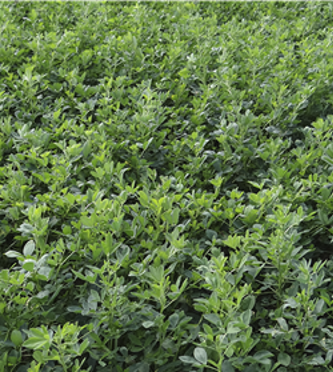
A-100 Brand Alfalfa
A-100 Brand Alfalfa
Star Seed's A-100 Brand Alfalfa is an exceptionally high yielding and high quality alfalfa blend. These blend of genetics are exclusive to Kansas from Star Seed's breeding partner. has an excellent a...
- Growing Region: California
- Blooms:
- Life Form: Legume
- Application Type: Forage and Pasture
- Height: 1-3 ft
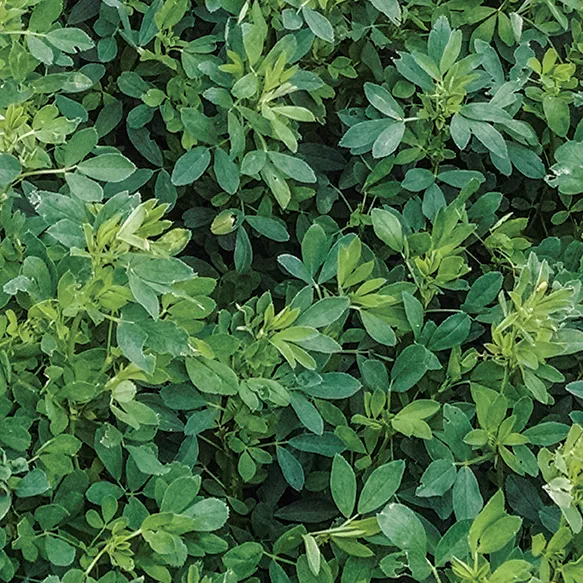
A-100 Grazer Alfalfa
Medicago sativa var. A-100
A-100 Grazer Alfalfa by Star Seed is an exceptionally high yielding and high quality alfalfa that will withstand grazing compaction and high traffic.Exclusive genetics with sunken crowns developed wit...
- Growing Region: California
- Blooms:
- Life Form: Legume
- Application Type: Cover Crop
- Height: 1-3 ft
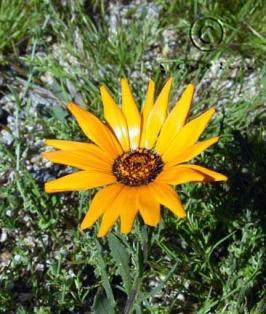
African daisy
Dimorphotheca sinuata
Introduced annual with showy yellow, orange and cream flowers, blooming early spring and summer. Recommended for beautiful groundcover, garden borders or areas where quick cover is needed. Drought and...
- Growing Region: Southwest, California
- Blooms: Spring, Summer
- Life Form: Forb
- Application Type: Commercial Beautification
- Height: 0-1 ft

Alkali Barley
Hordeum depressum
This is an annual grass that grows between 1 to 2 feet tall. It is used for habitat restoration and as a cover crop. This grass prefers full sun and is typically found in grasslands, prairies, and di...
- Growing Region: Pacific Northwest, Intermountain West, California
- Blooms:
- Life Form: Grass
- Application Type: Land Reclamation, Habitat Restoration
- Height: 1-2 ft
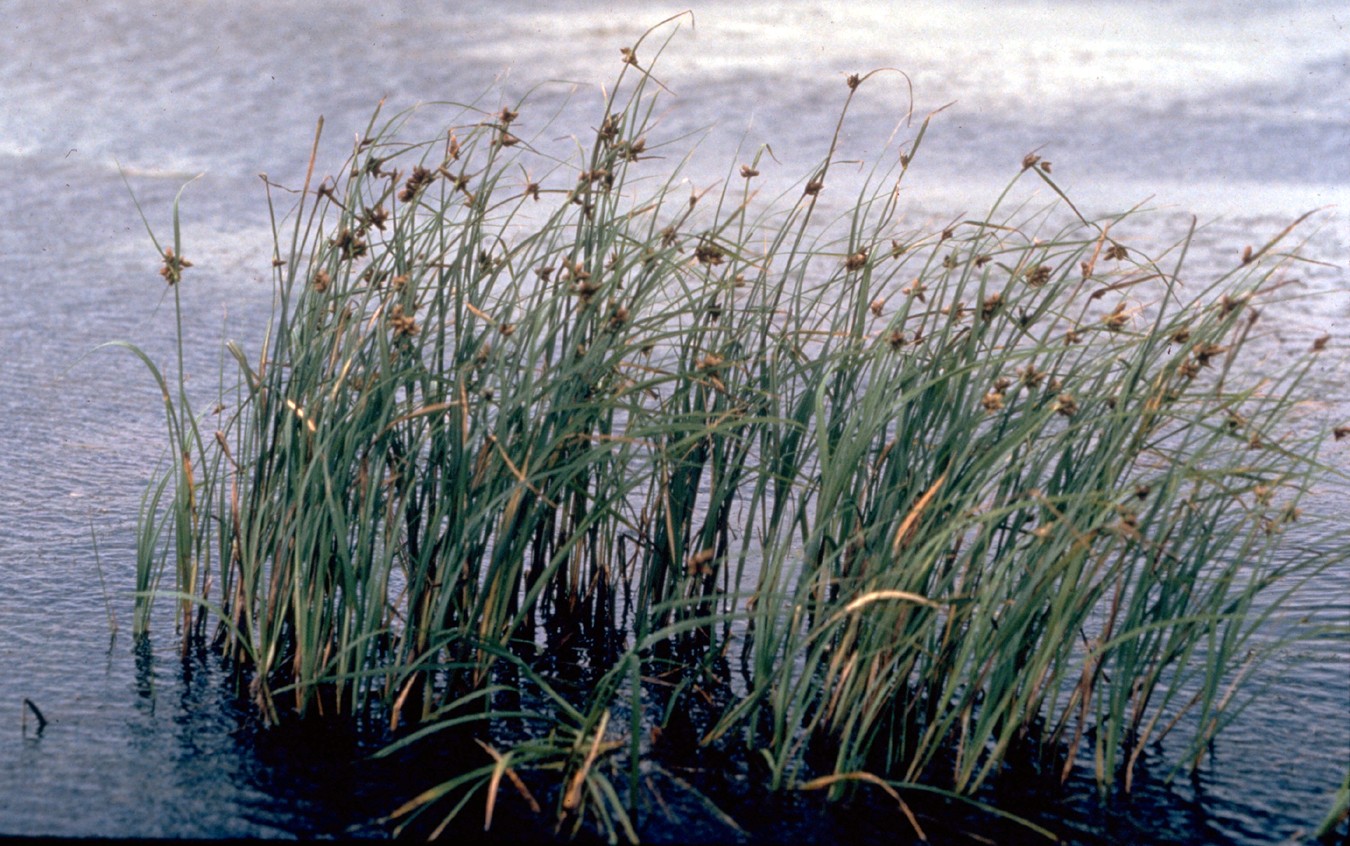
Alkali bulrush
Schoenoplectus maritimus
Cool season, stout, rhizomatous, native, grass-like perennial occurring in wet alkaline or saline soils in meadows, marshes or near waterways. Valuable for providing cover for waterfowl and shore bird...
- Growing Region: Pacific Northwest, California, Intermountain West, North America, Midwest, Southwest
- Blooms:
- Life Form: Grasslike
- Application Type: Land Reclamation, Habitat Restoration
- Height: 1-3 ft
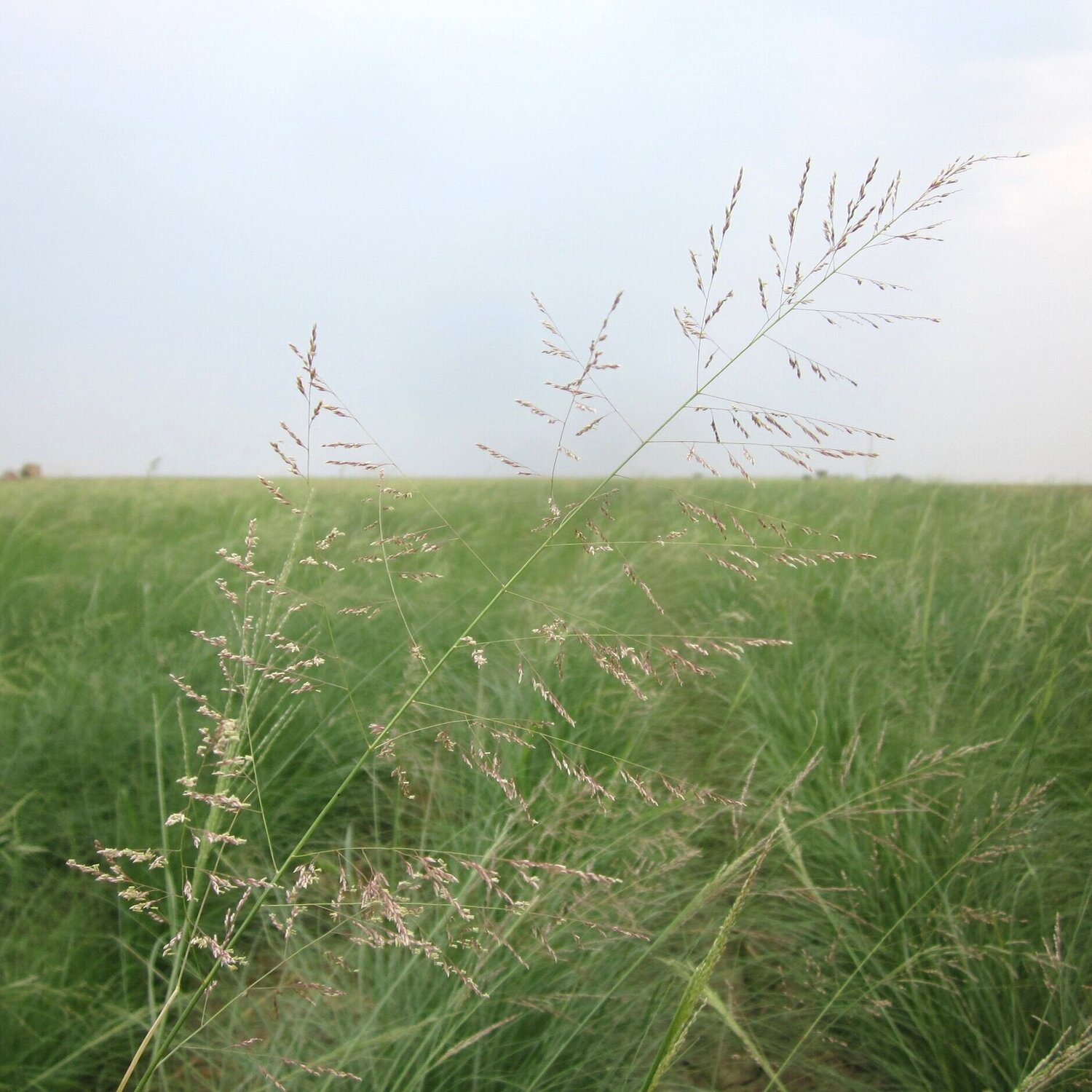
Alkali sacaton
Sporobolus airoides
Warm season, perennial bunchgrass with an extensive fibrous root system. Performs best on deep, moist, fine textured soils but will persist on coarser soils on dry sites. Tolerant of a wide range of s...
- Growing Region: Intermountain West, Southwest, Pacific Northwest, California
- Blooms:
- Life Form: Grass
- Application Type: Land Reclamation, Habitat Restoration
- Height: 1-4 ft
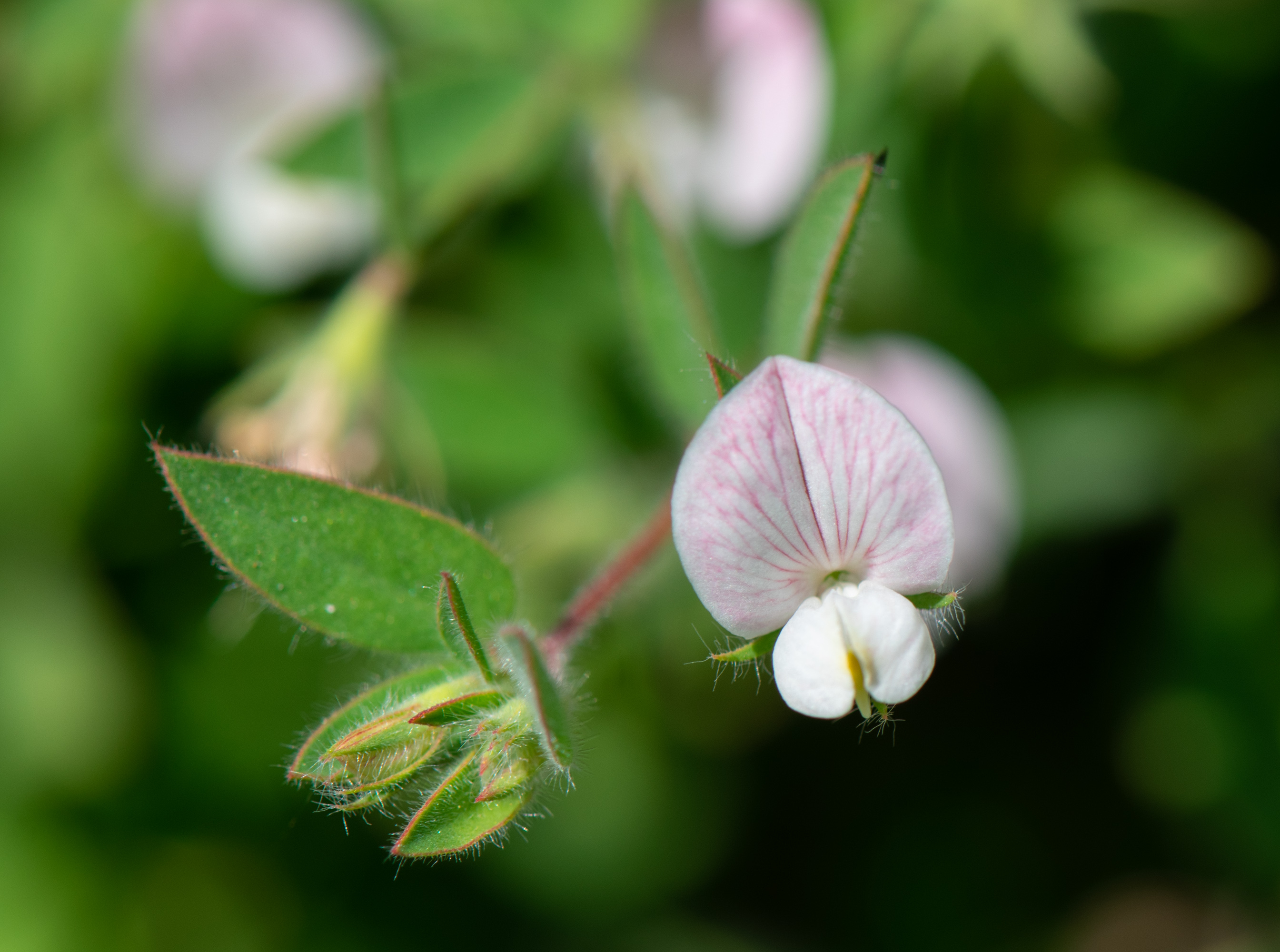
American Birdsfoot Trefoil
Acmispon americanus
Acmispon amiericanus is a native annual herb in the Fabaceae (Legume) family that grows in Northern, Southern and Central California in most habitats except desert. It tends to grow in streambanks and...
- Growing Region: California, Southwest
- Blooms:
- Life Form: Forb
- Application Type: Land Reclamation, Habitat Restoration
- Height: 0-1 ft
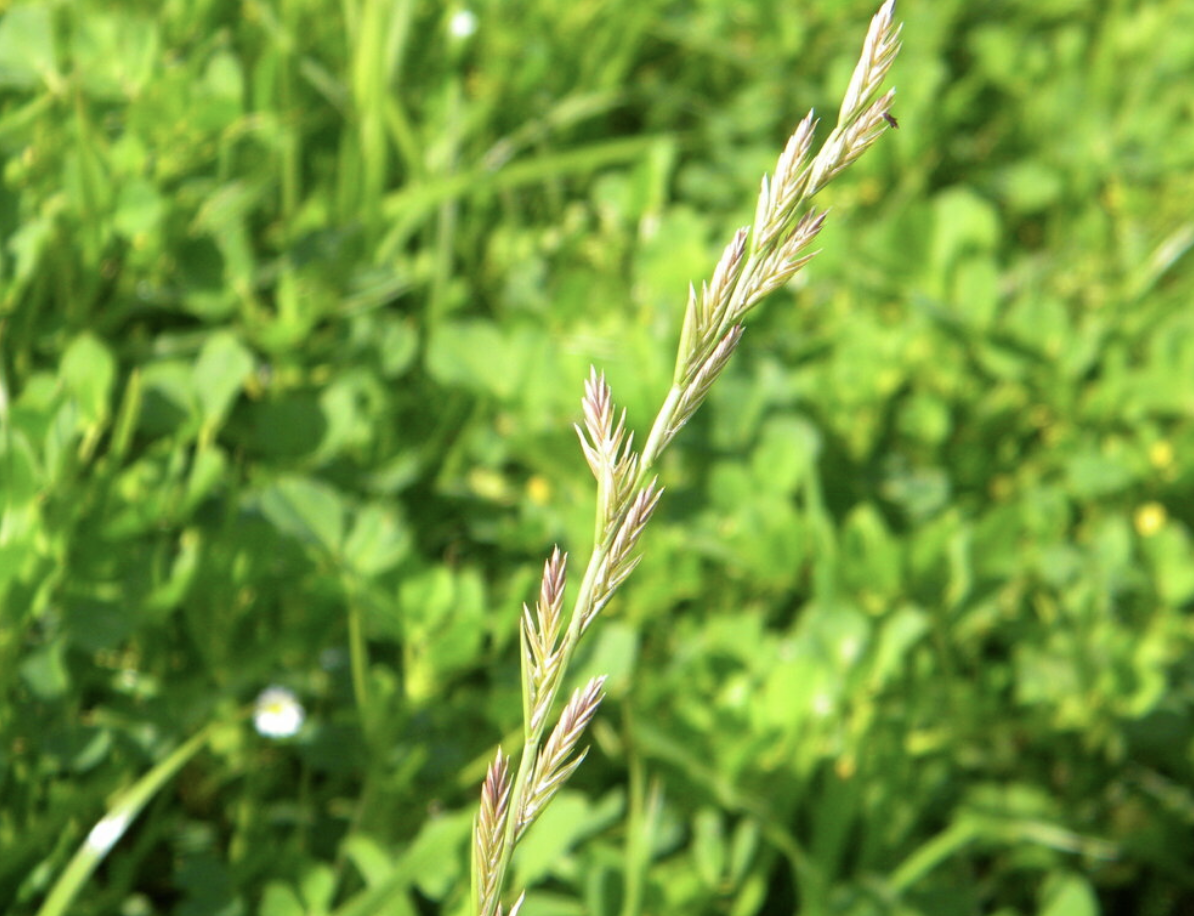
Annual ryegrass
Lolium perenne ssp. multiflorum
Annual Ryegrass is an introduced, cool season bunchgrass and is commonly used alone for establishing quick cover for many applications. This versatile, very fast establishing grass is highly adaptable...
- Growing Region: Midwest, Intermountain West, Southeast, California, Pacific Northwest
- Blooms:
- Life Form: Grass
- Application Type: Land Reclamation, Erosion Control, Commercial Beautification, Turf, Cover Crop, Forage and Pasture
- Height: 1-3 ft
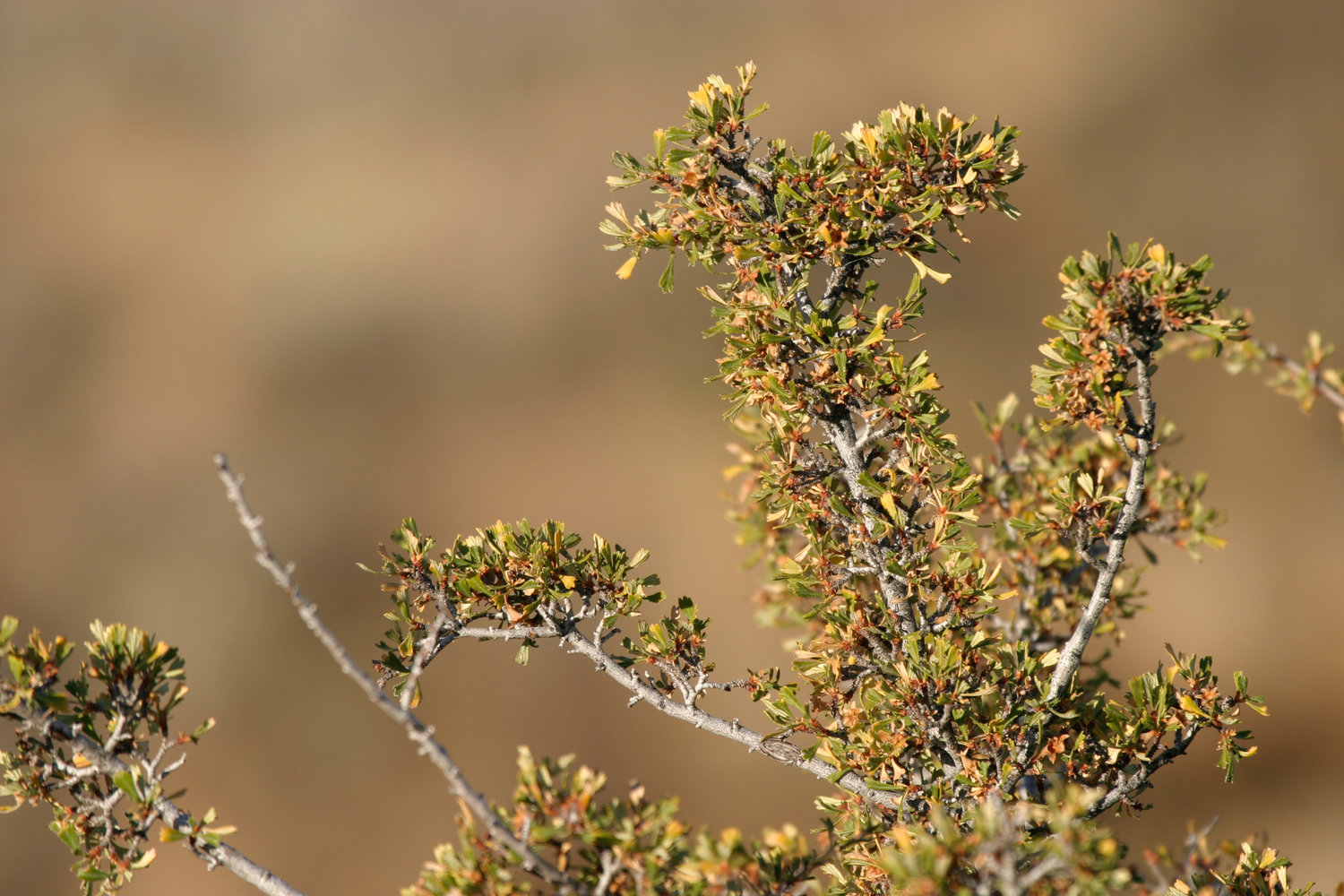
Antelope bitterbrush
Purshia tridentata
Moderate to deeply taprooted evergreen shrub 2-10 ft. tall with small yellowish flowers, blooming April to August. Adapted to a wide variety of well-drained soils, slightly acidic to basic, often deep...
- Growing Region: Intermountain West, Southwest, Pacific Northwest, California
- Blooms: Spring
- Life Form: Shrub
- Application Type: Land Reclamation, Habitat Restoration
- Height: 4+ ft

Arizona lupine
Lupinus arizonicus
Drought tolerant, leguminous native annual with deep blue or purplish flowers, blooming January to May. Occurs on disturbed sandy washes, roadsides or open desert; up to 4,000 ft. elevation. May “supe...
- Growing Region: Southwest, California
- Blooms: Spring
- Life Form: Forb, Legume
- Application Type: Land Reclamation
- Height: 1-4 ft
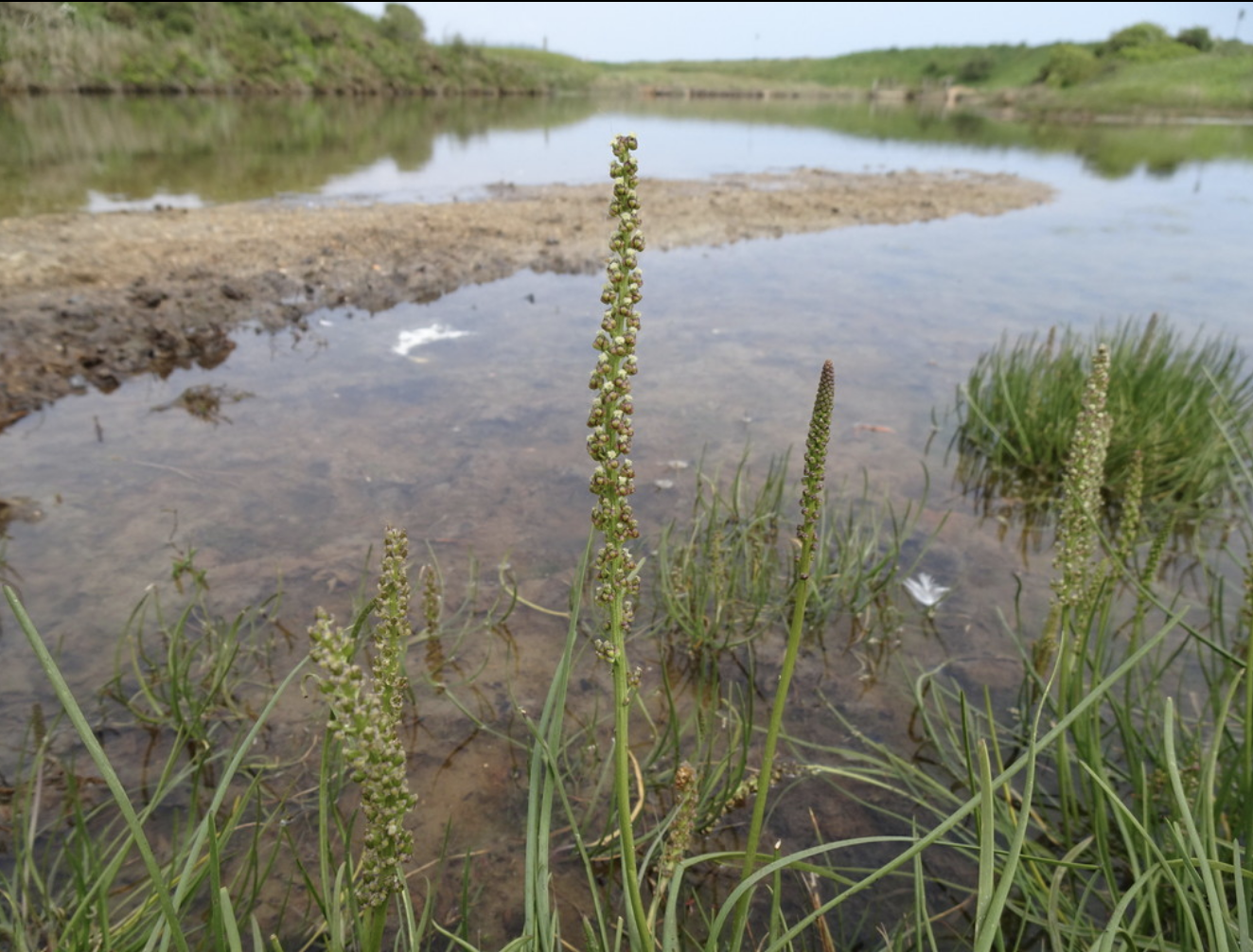
Arrowgrass
Triglochin maritima
Cool season, perennial grasslike species that occurs in saline and alkaline marshes, peat lands, plains and basins at low to middle elevations. Frequently grows with sedges and grasses but is often ov...
- Growing Region: Pacific Northwest, California, Intermountain West
- Blooms:
- Life Form: Grasslike
- Application Type: Land Reclamation, Habitat Restoration
- Height: 1-2 ft
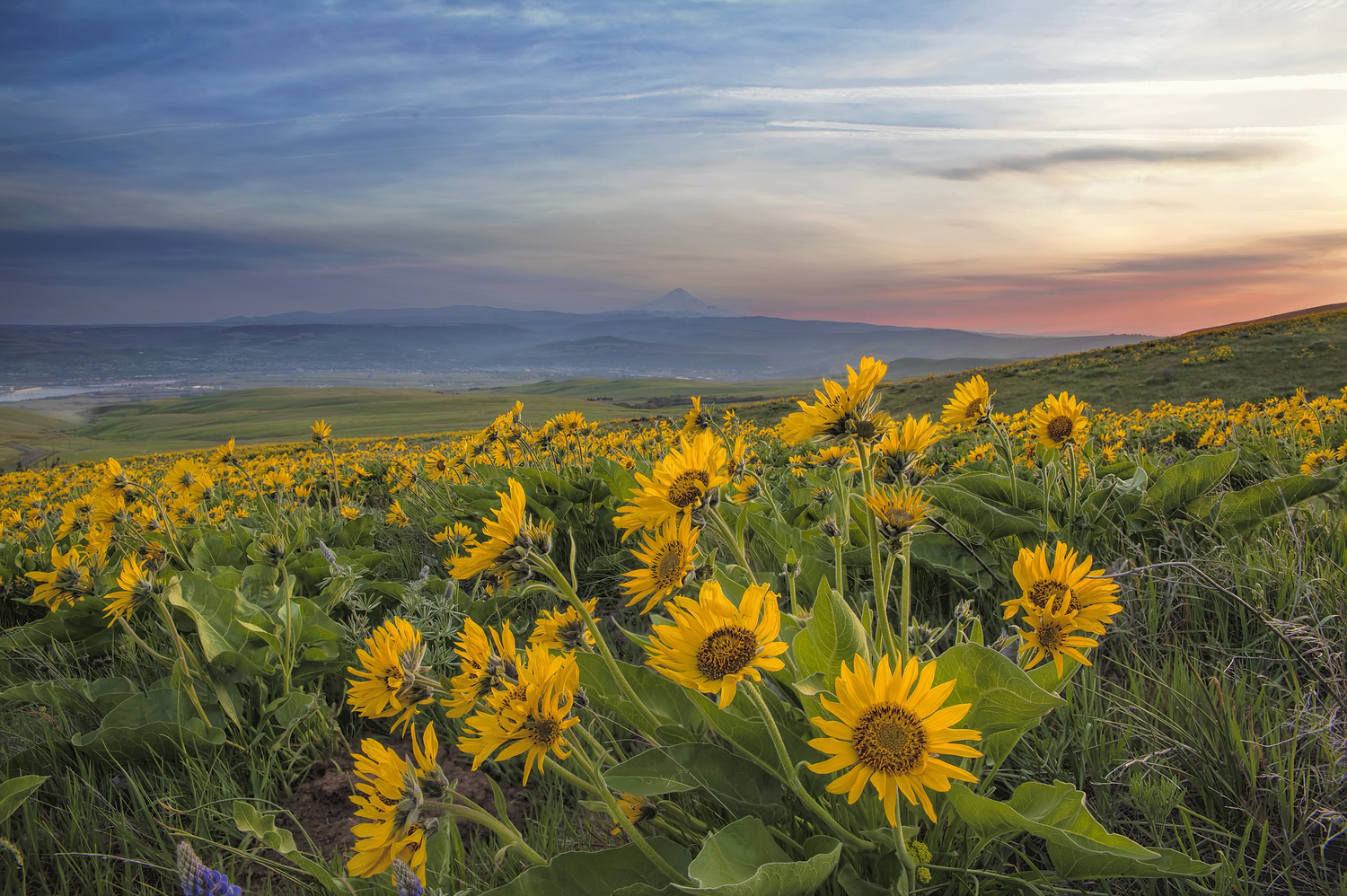
Arrowleaf balsamroot
Balsamorhiza sagittata
Drought tolerant, long-lived perennial native with yellow sunflower-like flowers, blooming April to July. Deep, thick taproot tolerant of fire, grazing, trampling and drought; seedlings slow to establ...
- Growing Region: Pacific Northwest, Intermountain West, California
- Blooms: Spring, Summer
- Life Form: Forb
- Application Type: Land Reclamation, Habitat Restoration
- Height: 1-3 ft
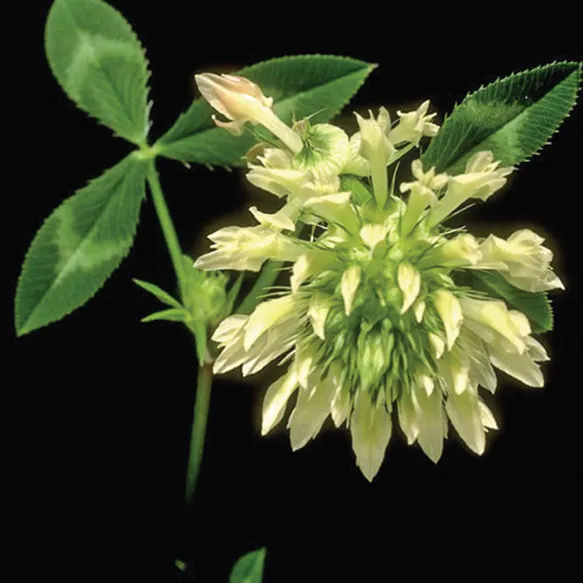
Arrowleaf Clover
Trifolium vesiculosum
Arrowleaf clover is an annual, cool season, introduced legume commonly used in many areas of the Midwest and Southeastern parts of the United States for many applications and uses. This upright clover...
- Growing Region: Southeast, California, Pacific Northwest
- Blooms: Spring, Summer, Fall
- Life Form: Legume
- Application Type: Forage and Pasture, Cover Crop
- Height: 1-4 ft
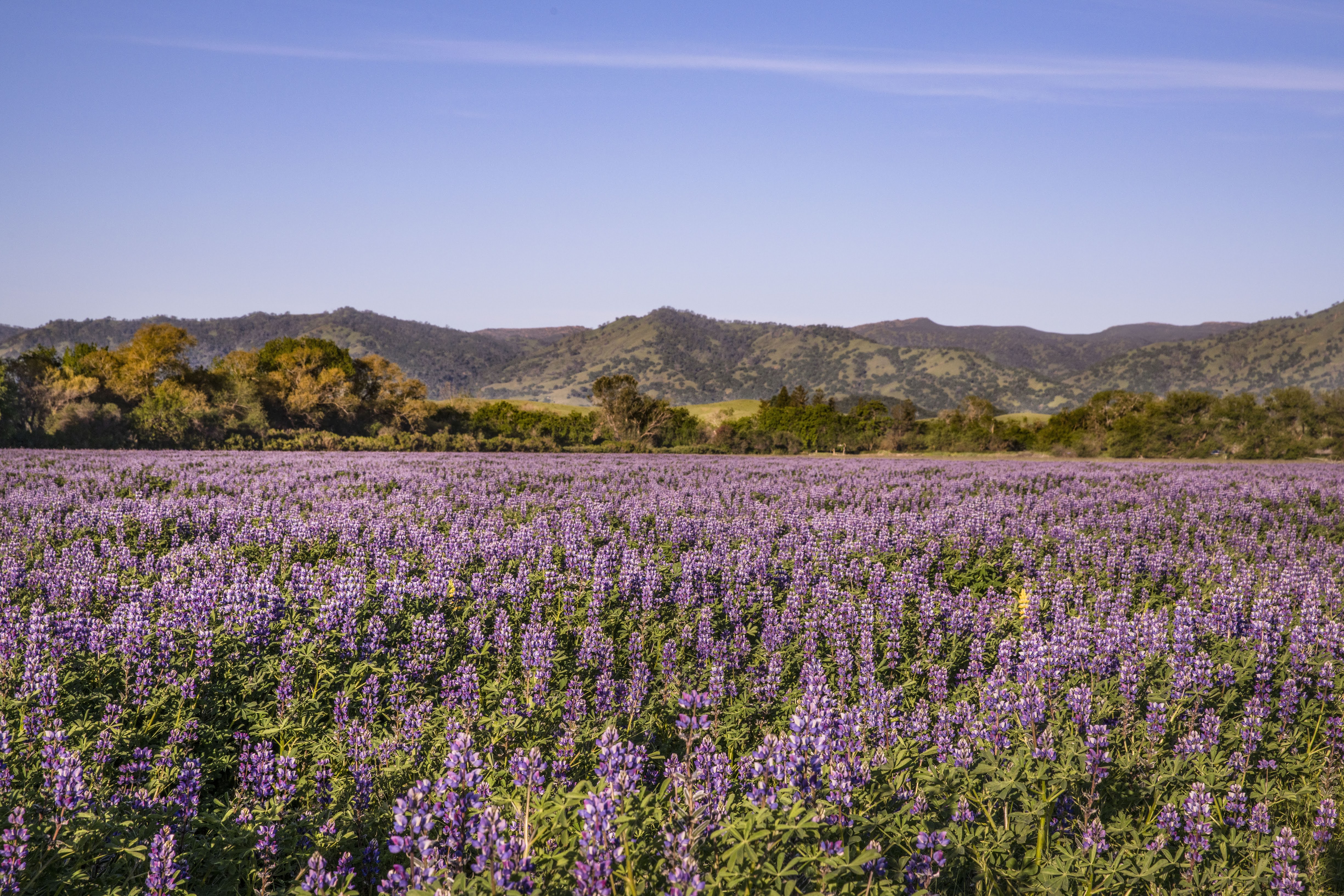
Arroyo lupine
Lupinus succulentus
Arroyo Lupine (Lupinus succulentus) is a showy annual wildflower native to California’s valleys and coastal areas. Growing 2–4 feet tall, it bears eye-catching spires of purple-blue and white pea-shap...
- Growing Region: California, Southwest
- Blooms: Spring
- Life Form: Forb, Legume
- Application Type: Land Reclamation, Habitat Restoration, Pollinator Habitat, Commercial Beautification
- Height: 1-4 ft
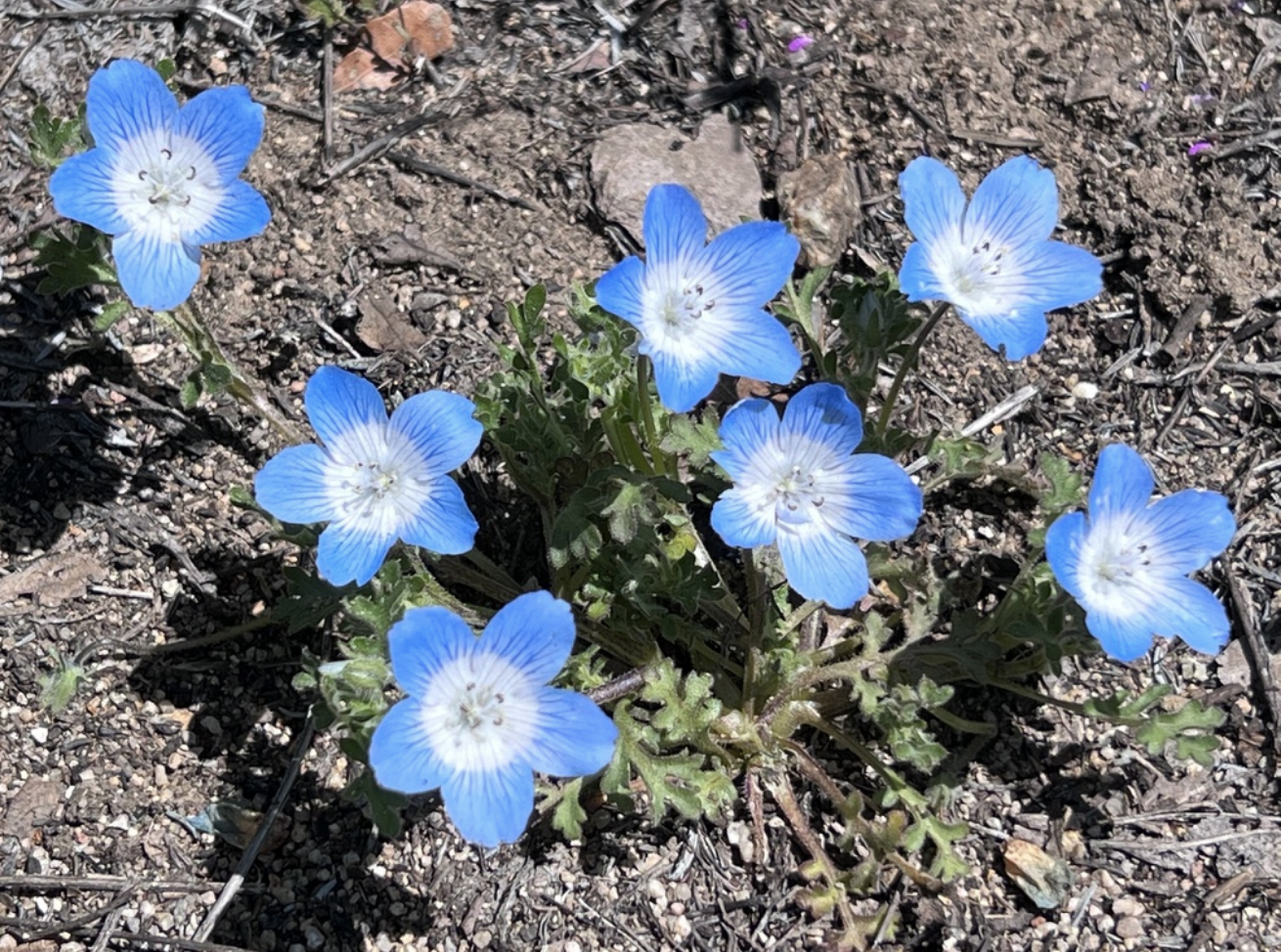
Baby blue eyes
Nemophila menziesii
Short trailing annual native with pale blue flowers and white centers, blooming prolifically February to June. Low to moderate water requirement; full sun to shade. Occurs on meadows, woodlands and de...
- Growing Region: California, Pacific Northwest
- Blooms: Spring
- Life Form: Forb
- Application Type: Land Reclamation
- Height: 0-1 ft